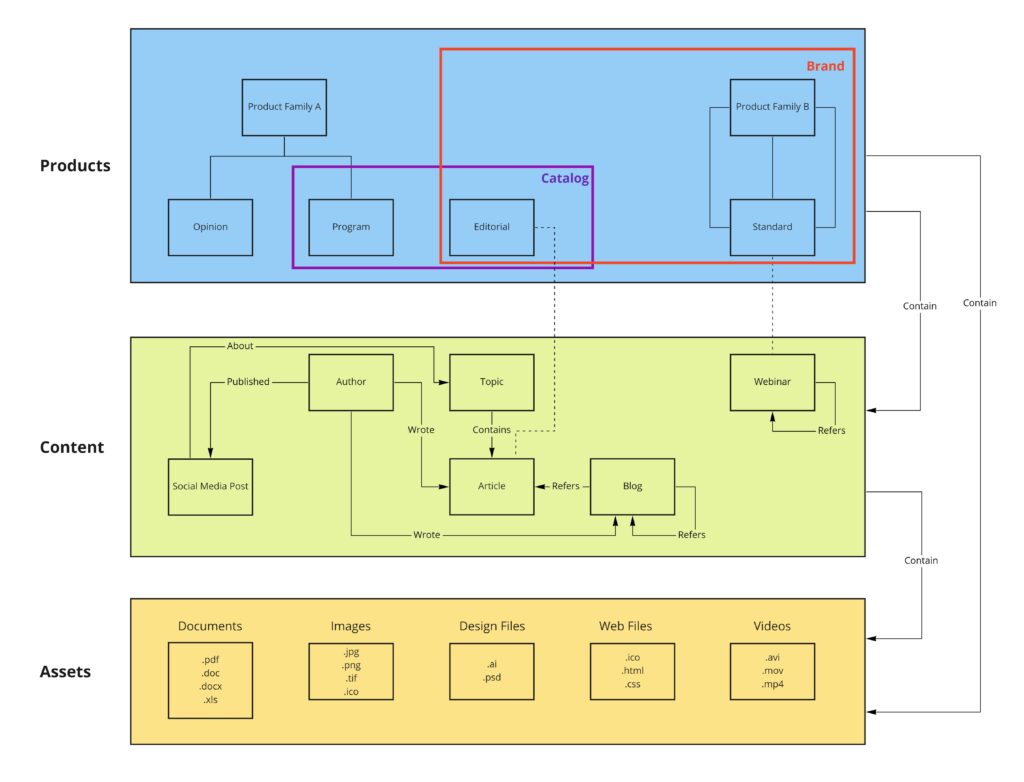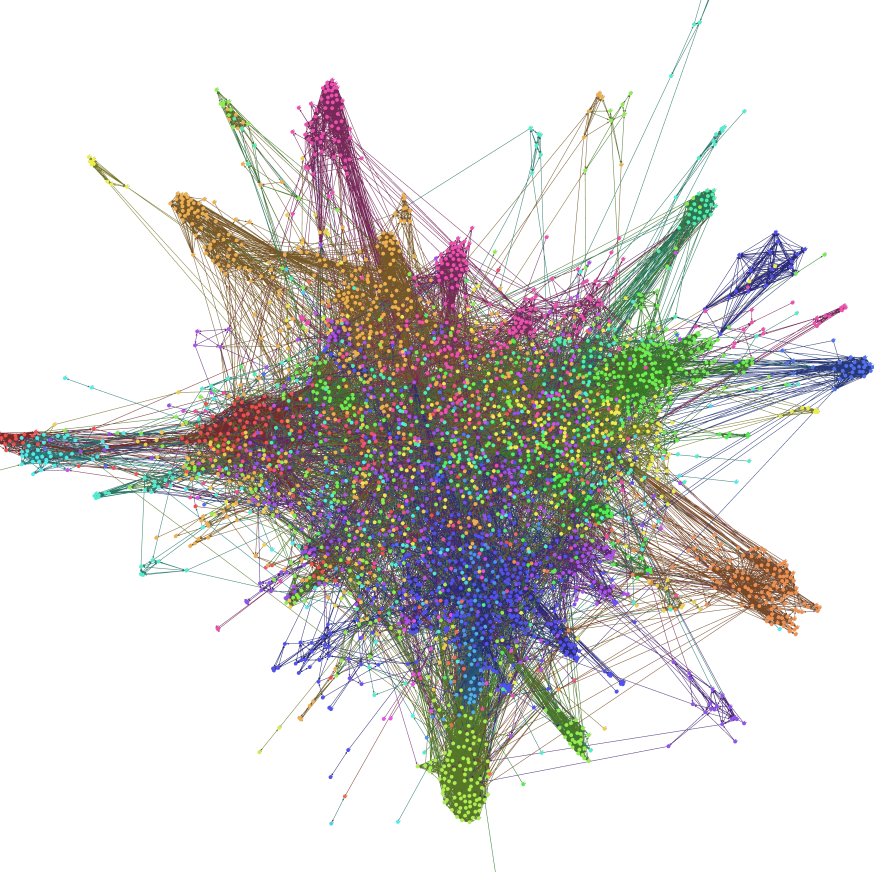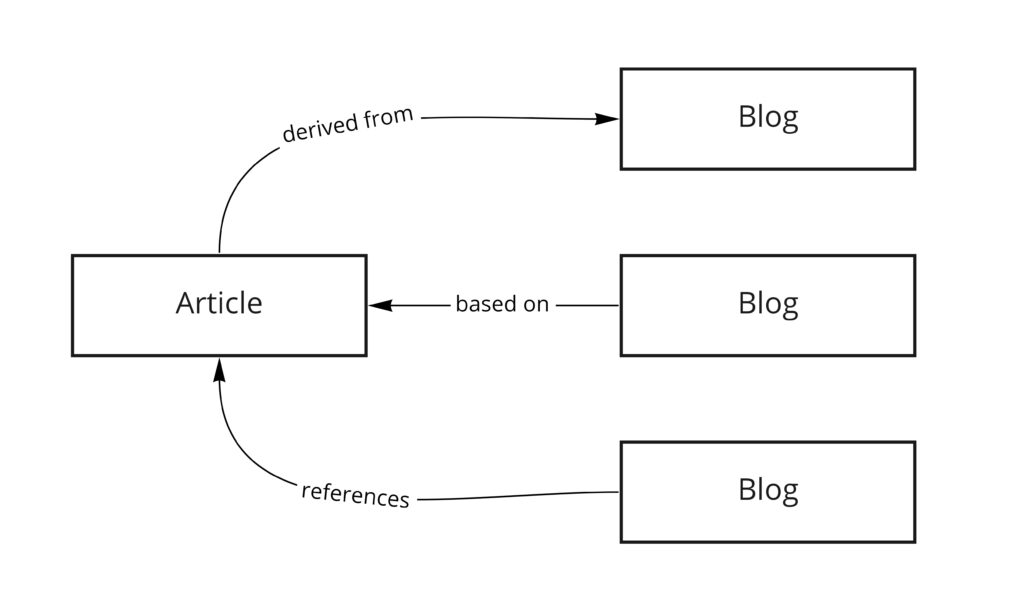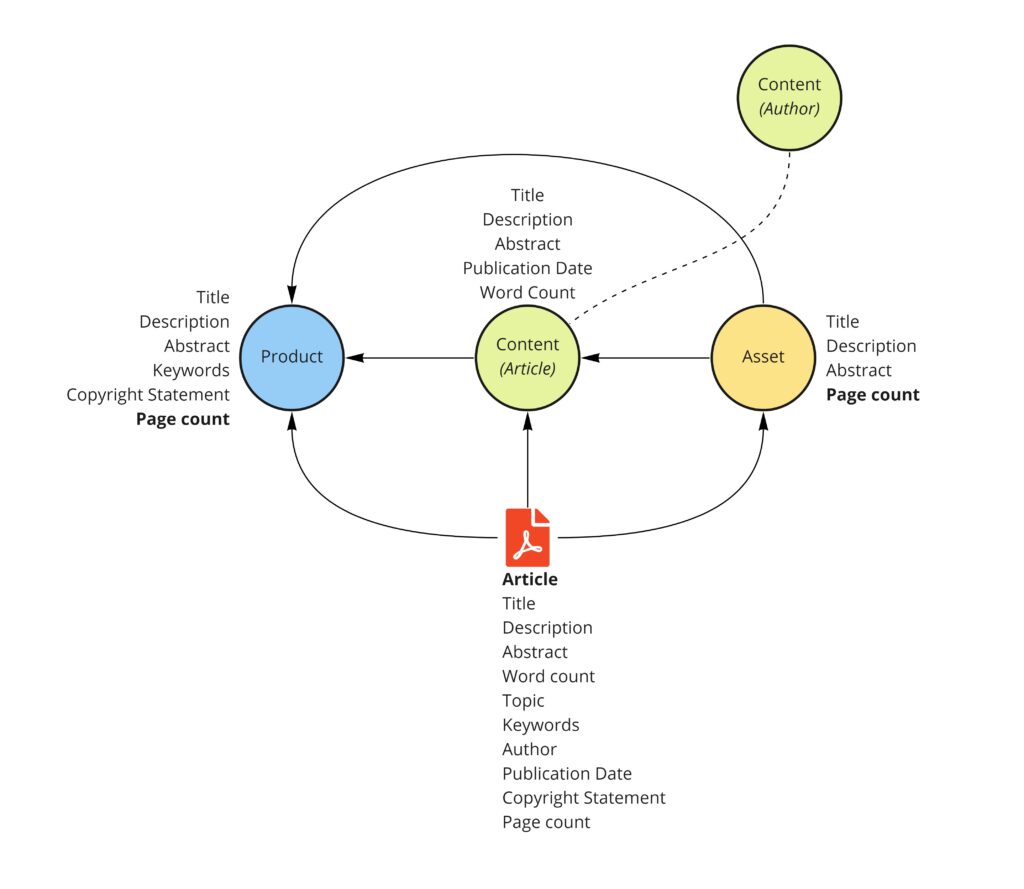During the lifecycle of Content hub implementation, it is important to understand the concept first then management and ensure governance along the way. Thus, we’ll first review a couple of conceptual challenges, then Data management pitfalls, and then governance issues if avoided makes the implementation much easier.
This post follows my recent presentation at Sitecore Virtual Developer Day 2022
Conceptual Challenges:
- Not Visualizing the big picture
- Complex Data Modelling
- Not following best practices
Data Management Pitfalls
- Not understanding the boundaries of data management
- Not leveraging the appropriate integration tool
- Content structures and limitations
- Failing to Identify where the metadata belongs
- Searching and Filtering using metadata everywhere
Governance challenges
- Not implementing analytics for user insights
- Missing the mark on documentation
Pitfall Number 1: Not visualizing the big picture
Before any implementation, everyone has a vision as to what the end state could be like.

Defining the vision down to the relations and fields if possible is important to do before starting the configuration. – Relationships if not defined earlier could lead to a loss of efficiency at a later point in time. -Each property, taxonomy once created and used should not be removed or updated later
Spend more time in the analysis phase rather than the configuration phase to make the implementation easier
Diagram and structure the model in order to ensure a unified understanding between users, developers, and administrators.
Here in the diagram, you can see how we created our first model before implementation, we started with content modeling, then defining asset relationships, and finally product data modeling. With various content types and complex relations between each asset, Product bundle, catalog, and various brands.
This data modeling approach came in handy to keep all the stakeholders in sync before, during, and after configuration.
Pitfall Number 2: Complex Modeling
Be careful before creating complex models that become costlier to maintain.

- For example, the primary modules within the content hub: DAM, PCM, CMP & MRM can have linkages to each other and thus a total of 6 linkages with each other
- New entities might require linkages to each other and thus the relations can easily go out of hand, with every new entity that is connected to every other entity the number of linkages grows from 6 to 10 to 15 to 21, and so on
- Stay as much as possible to the existing OOTM schema model
- If you still want to build more complex models then document everything along the way to gain efficiency
Pitfall Number 3: Not following the best practices
Often there are multiple ways to achieve the same outcome/goal, however, investing some time in articulating the options and weighing the pros and cons is always better.

- As an example, skipping an appropriate naming convention makes updates done at a later time very difficult and increases the cost of maintenance
- Creating too many user groups and assigning users to multiple user groups (more than 10) results in slow performance since every page evaluates the permissions first before loading.
- User Security Diagnostic to detect improvement opportunities for user group assignment.
Pitfall Number 4: Not understanding the boundaries of data management
Considering that you have free modeling unlocked it does not mean that you have everything unlocked, thus understand the schemas, and page configurations before extending the content hub solution.

- One might be tempted to ensure that taxonomies are as robust as possible and classify everything to the lowest possible value.
- As an example, consider the industry taxonomy that can be used to classify products and services that are being sold. This can be made possible based on various standard classifications such as SIC, NAICS, and GICS where each has its own taxonomy to classify industries.
- Now here the taxonomy can span endlessly and has 6 levels within the taxonomy from sector to sub-sector to industry group to industry, however, note that businesses usually do not cater to every industry classification possible thus trim the taxonomy down to the bare minimum and use classifications that feel useful, and when the need arises classify deeper to ensure optimal performance and ease of use.
- In this industry classification example, you might also want to classify associated assets with the same taxonomy, in order to do so ensure that there is only one point of entry in the system however the value is copied over or updated on other entities.
Pitfall Number 5: Not leveraging the appropriate integration tool
Thinking about integrating your solution into an ERP system, for fetching or pushing information?
Leverage appropriate integration tool
There are multiple ways to connect Content Hub to external Platforms using:
- Integration tools such as REST API | SDK’s – WebClient, Fluent, Javascript
- OOTB connectors: Drupal | YouTube | WordPress | Salesforce
- Sitecore connectors: Adobe CC, Salesforce, Sitecore XP, MS Dynamics 365
- Metadata Enrichment: Google Cloud Natural Language Processor
One Drive integration as an example might be confused by users as a connector between content hub and one drive thus enabling search for assets stored within one drive, however, the actual use case for one drive connector is very different, thus it is important to identify the best fit, also there could also be multiple combinations of connectors that could be relevant for appropriate integration.
Pitfall Number 6: Content Structures and their limitations
When defining the solution content hub provides an extensive list of properties to play with, however, the list is not exhaustive. New content structures and relations are required to define metadata

Content is no longer limited to articles or blogs or webinars…
Interactive content such as forms, polls, and puzzles, drive more engagement than static content, thus content structures need to be redefined. There is an even more need for defining the relationship between two entities
As an example, consider the relationship between articles and Blogs, both are content with their relationship with one another, but what kind of relationship?
- Articles can be based on a Blog
- Blogs can be derived from an Article -Articles can reference a Blogs
- And so on…
These real-world relationship types need to be defined in order to establish appropriate linkage between entities
Pitfall Number 7: Failing to identify where the metadata belongs
With free modeling comes greater responsibilities.

- Consider an example where the product is a pdf document which means the underlying asset can be treated as both an asset and a product and if created within a content hub then as content too, obviously each related to one other. Now the question is if you want to store pdf file page count where will you store it? Product or asset or content – asset could be an answer.
- However, if you want to filter or search products by page number? Of course, you can achieve the same using a trigger, action, and taxonomy combination and create buckets of page numbers and create the same as a search facet. Thus, it is very important to ensure an appropriate definition of each entity in order to increase the adoption of the platform by business users.
- There is a very strong case that can be made for using PCM as your Product Information Management system, not just limiting users to add product-related content but anything and everything that describes a particular product and thus enabling the Marketing team to create relevant content based on available information and enabling deeper integration with eCommerce, ERP, and CRM platforms.
Pitfall Number 8: Searching and Filtering using metadata everywhere
Consider a scenario where two content types exist – Seminar and Webinar
Event Start Date exists within both content types:
In order to do so, we need to create two properties within Seminar details and Webinar details, now both values are separate
On the search page there now appears two separate search facets with the same use.
How does one look for all the seminars and webinars conducted in the month of April?
In order to do so common properties between content types can be created as a member for a content entity with conditional display for type seminar and webinar.
Pitfall Number 9: Not implementing analytics for user insights
Those who are familiar with GTM, and its event-based functionality must know how important it is to get clean and relevant data with proper structure.
Content Hub provides various helpful events that exist by default: such as
- Uploaded & Download file event – To identify what file is being uploaded
- Pages & Paging – To understand how easy it is for users to find information.
- Facets and filters – To understand filter use cases.
It is important to understand what event data is sent for each of the events. During our implementation, we found a need to extend each event with additional event data in order to improve analytics and better understand user behavior.
Combine Events to generate deeper insights – understanding page size data was helpful only after a search is performed
Pitfall Number 10: Missing the mark on documentation
Documenting models separately outside of the content hub is extremely important.

With the help and support from Sitecore IAS (Implementation Advisory Services), we had this process from the get-go
Some of the scenarios where documentation helped us better manage the implementation:
- Quickly identify metadata for various asset types and content types
- Easy to convey information and set expectations for developers
- One-stop shop for any relation, metadata, and user permissions that helped us better define metadata-level permissions
In order to achieve this, we infused a healthy practice of documentation into our processes – every task for configuration change had an end state of updating the documentation to ensure both the system and documentation are in sync.